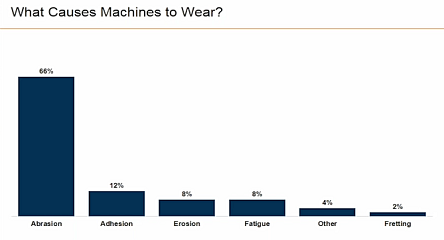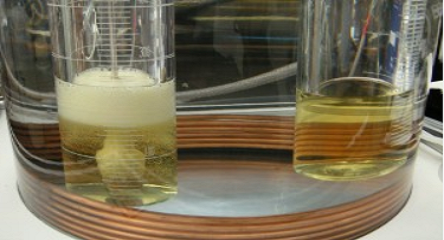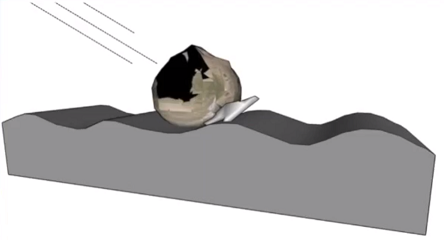Two Minute Tips
Limits and Trends
TECHNICAL TIP: Limits and Trends
By John Evans, diagnostic manager for WearCheck
Limits are not used at WearCheck and never have been. This has arisen from a philosophy that views diagnosis as a holistic process. Limits certainly have their place and value; however, in the real world their applicability is somewhat limited, and it is trend over time that is important.
The factors that could influence the validity of a wear limit include, but are not limited to, make, model, application and severity, environment, operator skill, age of machine, period the oil has been in use, oil consumption, maintenance practices, oil brand and grade, and fuel type and quality. If we could assume an average situation for all these parameters, then the usefulness of wear limit tables would be greatly improved – unfortunately, the average ‘machine’ does not exist.
To take the most obvious example of how limits may be affected, let’s look at the effect the period the oil has been in use has on wear readings. 50 ppm may be unacceptable after 5,000 kms, normal after 10,000 kms and suspiciously low after 20,000 kms. Period oil in use (POIU) has a critical effect on the meaning of wear readings. Double the POIU and you approximately double the amount of wear and probably the level of contamination and oil degradation too. This figure always needs to be factored into the diagnosis, particularly at very high and very low POIU where the effect is more pronounced (the relationship is only linear over a fairly narrow range).
There is always a bit of guesswork involved in diagnosis due to lack of information supplied by the customer. Statistical analysis shows that in the case of POIU, 20% of all samples have no POIU, 15% are estimations and 10% are blatantly wrong.
In terms of making a holistic diagnosis, all equipment details, all customer supplied information, all laboratory data, equipment history and knowledge of the customer are considered. Also, what is considered is not just the laboratory results in isolation, but in relation to each other. Example (quite a common one): in an engine, 60 ppm silicon in the presence of 30 ppm aluminium would indicate severe dirt entry (critical sample) but 120 ppm silicon in the presence of 10 ppm aluminium would indicate silicone sealer (normal sample).
Ratios of wear metals are also considered – 50 ppm iron and 15 ppm lead in an engine are probably okay (all other parameters being typical). However, 25 ppm iron and 15 ppm lead is not. The lead is high in relation to the iron reading and something is not right. This is the biggest danger of a wear limit as it only considers laboratory results in isolation.
It has been shown time and again that identical pieces of equipment, of similar age, in the same environment, doing the same job etc. do not always behave in an identical manner. A trend of between 30 and 40 ppm iron that jumps up to 75 ppm probably indicates a problem, while a trend between 50 and 60 jumping to the same value does not – although most of the other influencing parameters may be very similar. In this situation, it is the trend that is important rather than the absolute values.
Contamination and oil degradation are slightly easier to deal with in that they are very much less dependent on the make and model of the component, although the type of component is still important. 60 ppm silicon (due to dirt entry) is going to cause havoc in an engine irrespective of any make, model, age, application etc. However, 60 ppm silicon is probably okay in a differential.
In order to make an accurate diagnosis, all the data supplied – both by the customer and the laboratory results along with the diagnostician’s knowledge of the operating conditions – need to be considered as one big, integrated picture. Then, all the trends of all the data points need to be looked at holistically before an assessment can be made on the health of the machine and its lubricant. Remember, the trend is your friend.






